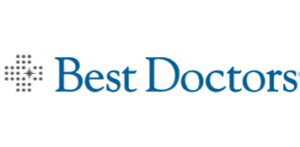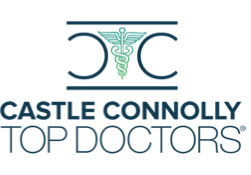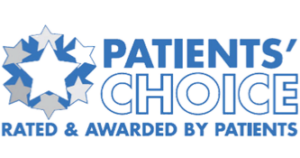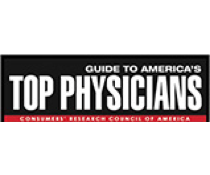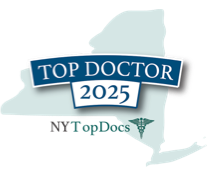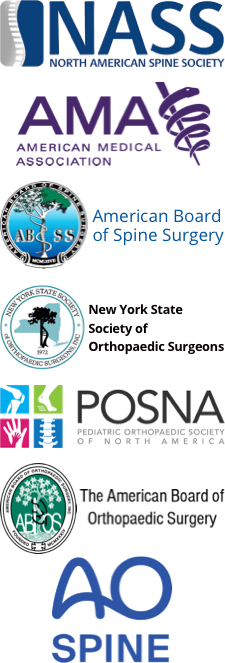Patients frequently come into my practice with the notion that surgery is the best cure to their scoliosis pain. How do you know that’s the best course of action? Well, that’s my job. Surgical decision making for scoliosis is multi-factorial, and we assess many different parameters in coming to the right decision for each patient.
The Scoliosis Research Society estimates that approximately 1 in 40, or 7 million people are affected by scoliosis in the United States alone, making it an extremely prevalent condition. Unfortunately it most often develops in children, particularly female adolescents between the ages of 10 and 15. To properly cure scoliosis, the treatment must match the source of the problem.
Here are some of the main factors I consider when discussing if surgery is right for a patient with scoliosis:
- Degree: How large is the curve measurement?
- Spinal Maturity: Is the spine still growing?
- Location: Do you have a thoracic (upper spine) curve, a thoracolumbar (middle spine) curve or lumbar (lower spine) curve?
- Progression: Is the curve likely to worsen?
- Is the curve painful?
- What is your age and medical condition?
- Has there been prior surgery?
- Do you have osteoporosis?
My recommendation for surgery is based on assessing all of these factors, in the context of the particular patient’s clinical issues. In general, surgery is a good option for adults who have a painful spinal curvature greater than 50 degrees, or one that is worsening over time. Because affected kids have no fully matured, they likely may need surgery if they have a spinal curvature of about 40 to 45 degrees. With growing children, bracing is a common way to treat milder scoliosis, before it reaches 40 degrees. Bracing does not work well for adults.
While age, curve size, curve progression and pain are helpful determining factors in whether to use surgery to treat scoliosis, each patient is unique. For this reason, each patient is thoroughly evaluated to come to the right decision for them. The approach to scoliosis has to be individualized to achieve optimal outcomes.

